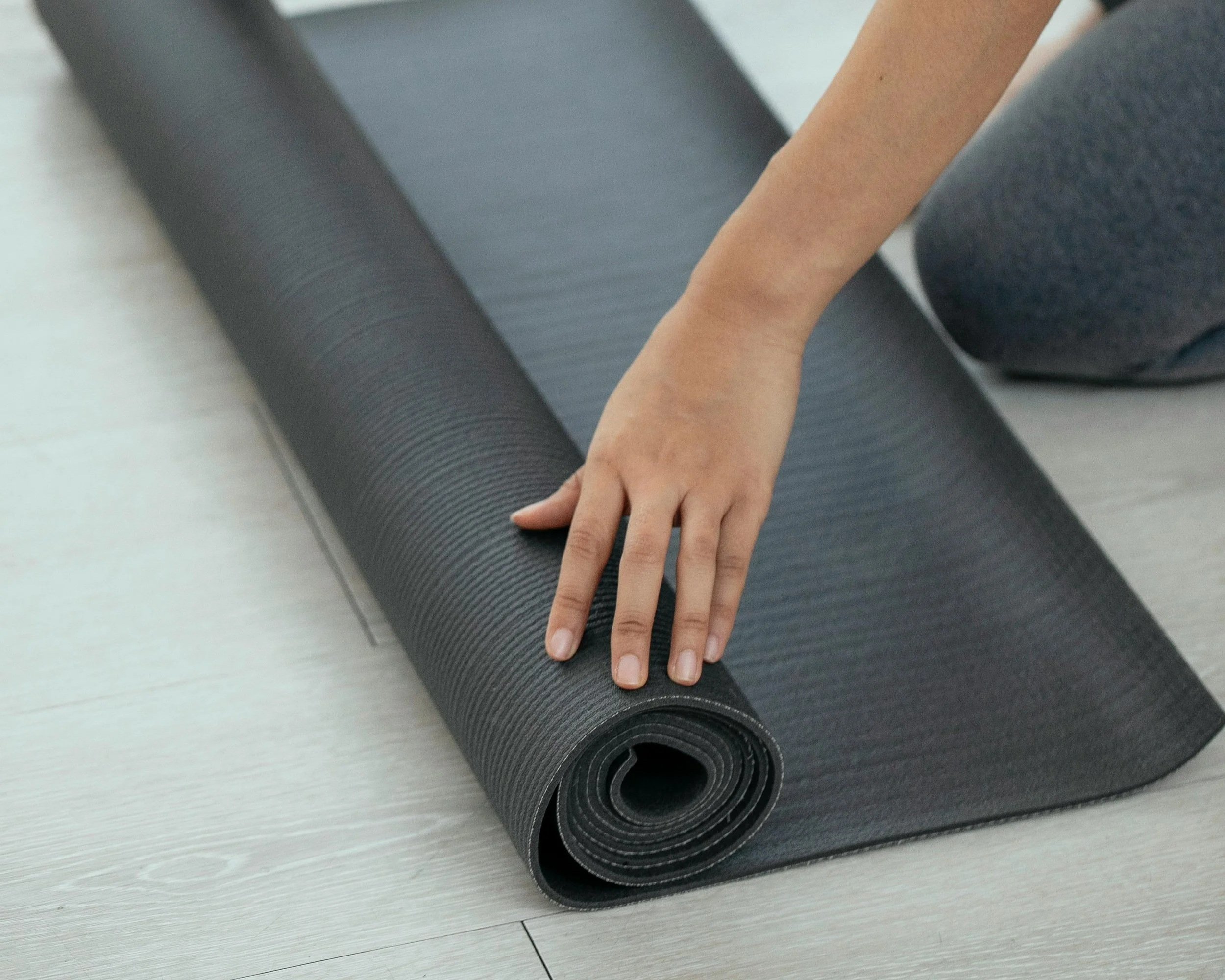Home Exercises That Support Your Physical Therapy Goals
Physical therapy does not end when you leave the clinic. What you do at home plays an important role in how well and how quickly you recover. Home exercises help reinforce the progress you make during sessions and build lasting strength, mobility, and confidence in your movement.
When first starting a home exercise program, it is important to identify what muscles you are a having a difficult time activating. The beginning of your journey may be to isolate and recruit proper muscles OR to regain proper range of motion. Doing your home exercises is giving yourself time to make a mind - muscle connection and to establish proper muscle - length tension relationship.
Why Home Exercises Matter
Your body improves through repetition and consistency. The stretches and movements your therapist gives you are chosen for a reason. They target the specific muscles and joints that need support. Doing them at home helps your body adapt and retrain itself, allowing for faster and more complete healing.
Building Good Habits
Consistency is key. It is better to do a few exercises every day than to do a long session once in a while. Try setting aside a regular time, such as right after waking up or before bed. Creating a simple routine makes it easier to stay committed and turn your exercises into a daily habit.
Common At-Home Exercises
While every person’s plan is unique, there are a few common exercises that many physical therapists recommend:
Gentle stretches for the neck, shoulders, and back to ease tension and improve flexibility
Core strengthening exercises such as bridges or planks to improve stability and posture
Balance work like standing on one leg or heel-to-toe walking to strengthen coordination
Light resistance training using bands or body weight to maintain muscle tone
These are safe and effective starting points, but they should always be adapted to your individual needs and abilities.
Staying Safe and Mindful
Listen to your body. If you feel pain that is sharp or unusual, stop and let your therapist know. Mild soreness is normal, but discomfort that lingers is a sign to adjust your routine. Quality matters more than quantity, and each movement should feel controlled and steady.
The Takeaway
Home exercises are an extension of your physical therapy journey. They give you the tools to take charge of your recovery and stay active between visits. By staying consistent and aware of your body’s signals, you can build lasting results that go beyond the clinic.
